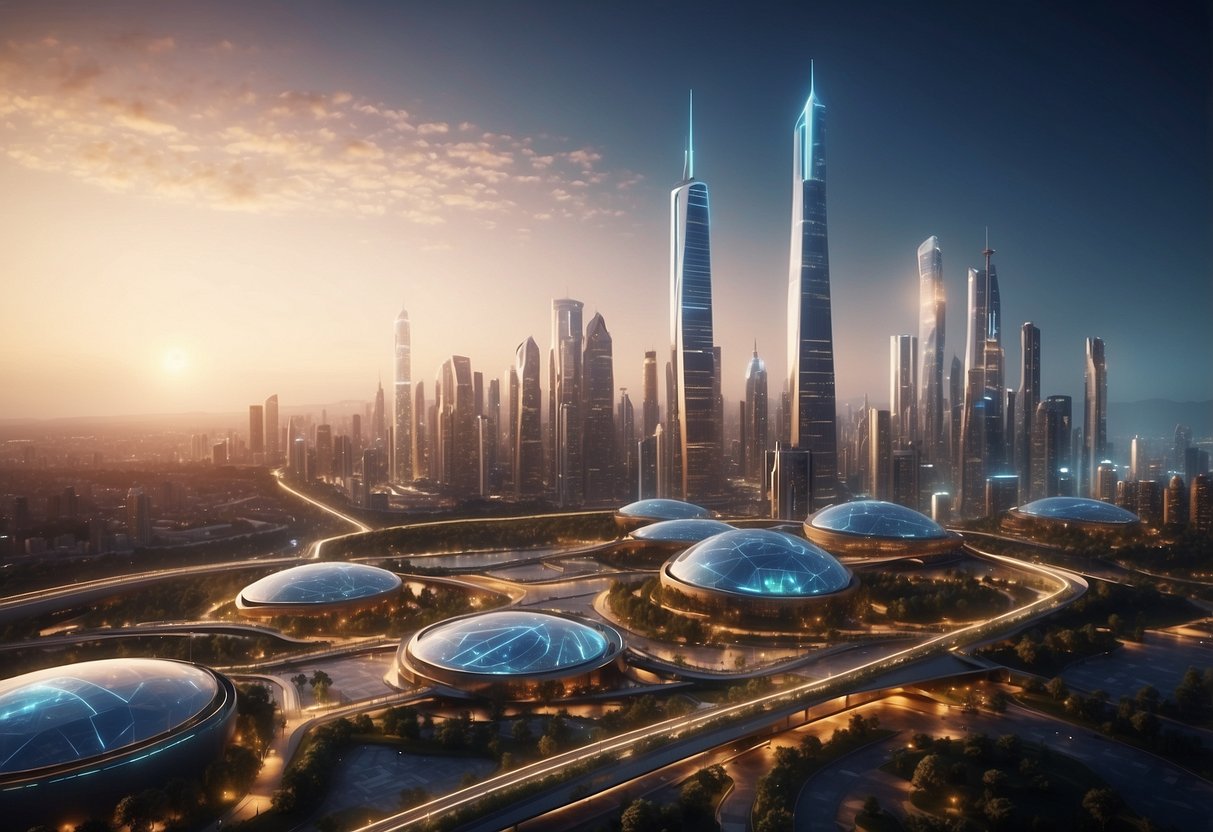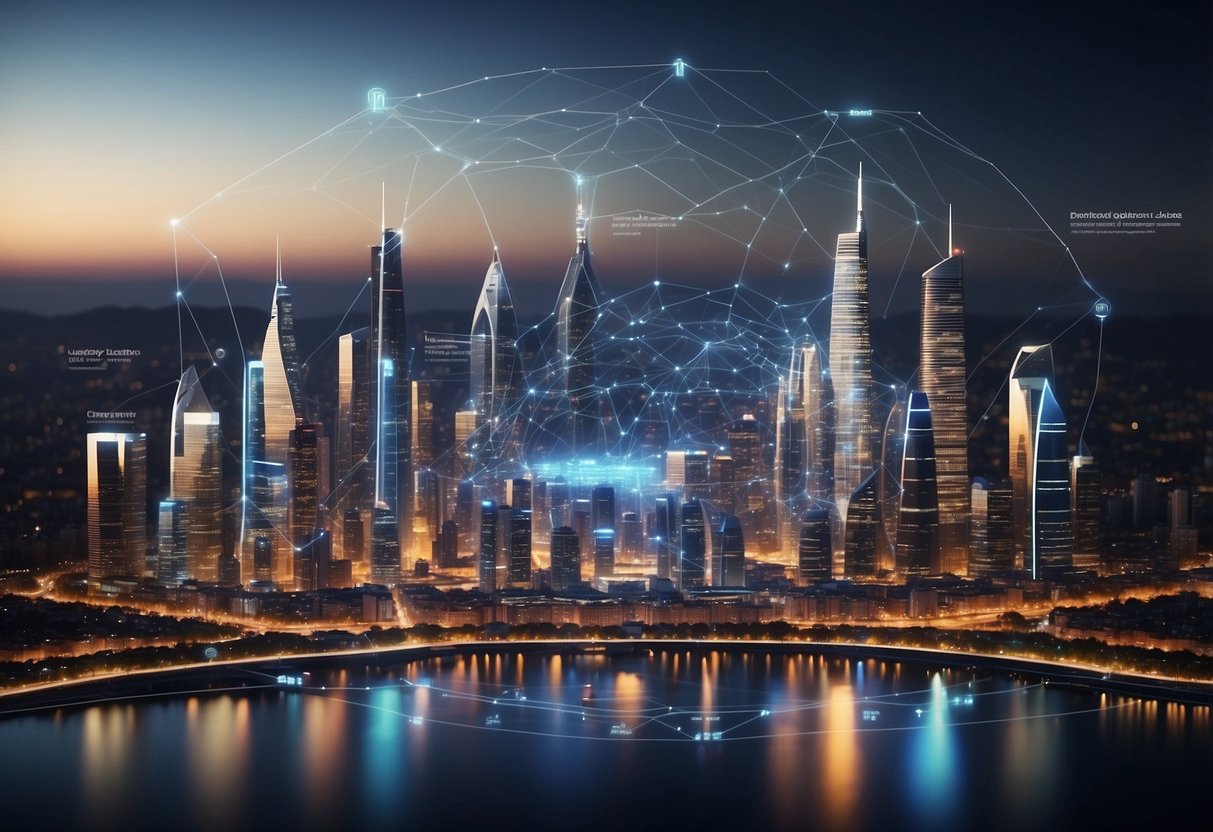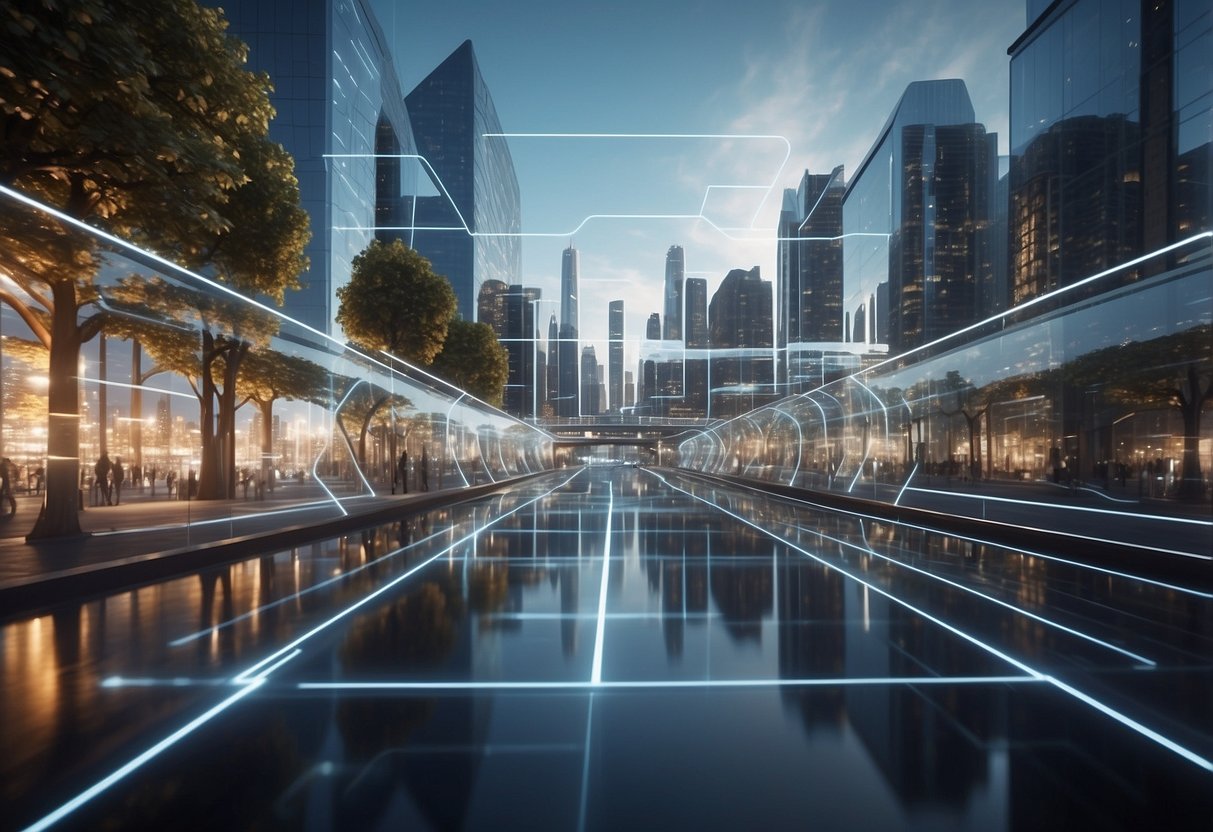
5. Edge AI

Edge AI is transforming the way data is processed and utilized. Instead of sending data to centralized cloud servers, computations occur directly on devices like smartphones, IoT sensors, and autonomous vehicles. This minimizes latency and optimizes real-time decision-making.
The shift towards Edge AI is driven by the need for instantaneous data processing. Applications like real-time video analytics and industrial automation benefit greatly from this approach. It also reduces the bandwidth strain on networks, allowing for more efficient data handling.
One key advantage of Edge AI is enhanced privacy. Since data is processed locally, there’s less risk of sensitive information being exposed during transmission. This appeals to sectors with stringent data security requirements, such as healthcare and finance.
Another notable benefit is reduced dependency on constant internet connectivity. Devices powered by Edge AI can function effectively even with intermittent or no internet access. This is crucial for remote areas and mission-critical applications where reliability is essential.
Technological advancements in hardware, such as specialized AI chips, are accelerating the adoption of Edge AI. Companies are investing heavily in developing these chips to make devices smarter and more capable. This trend is expected to grow, offering significant potential for innovation.
6. Blockchain Beyond Crypto

Blockchain technology is being increasingly adopted for uses beyond cryptocurrency. One significant application is in supply chain management. Blockchain ensures transparency and traceability, allowing companies to track products from origin to consumer. Each transaction is recorded in a decentralized ledger, making tampering difficult and thus enhancing trust.
Another emerging use of blockchain is in digital identity verification. Traditional methods often rely on centralized authorities, but blockchain allows for decentralized identity systems. This ensures individuals have greater control over their personal data and reduces the risk of identity theft.
The healthcare industry is also exploring blockchain for patient data management. Secure, immutable records can be created, which not only protect patient privacy but also provide easy access to medical history for authorized professionals. This can improve healthcare outcomes and streamline administrative processes.
7. Augmented Reality (AR)

Augmented Reality (AR) is rapidly growing in both the consumer and enterprise sectors. AR overlays digital information onto the real world, enhancing users’ perceptions and interactions. Industries such as retail, gaming, and education are increasingly adopting AR to create immersive experiences.
Retailers use AR to allow customers to virtually try on clothes or see how furniture fits in their homes. This tech improves the shopping experience by offering personalized and interactive options. In education, AR brings subjects to life, providing students with hands-on learning opportunities that traditional methods lack.
Enterprise applications are leveraging AR for training and maintenance. Workers can access real-time data and instructions overlaid on equipment, streamlining processes and reducing errors. Mixed reality applications in manufacturing and logistics enhance efficiency and safety in complex tasks.
AR is also transforming the entertainment industry. AR-based mobile games and applications offer new ways to engage audiences. Enhanced storytelling and interactive features are making AR a staple in modern media consumption.
As hardware and software continue to advance, the potential applications for AR are expanding rapidly. Companies are investing in AR development to stay competitive and offer innovative solutions. The future of AR looks promising, with continuous improvements and integrations across various platforms and industries.